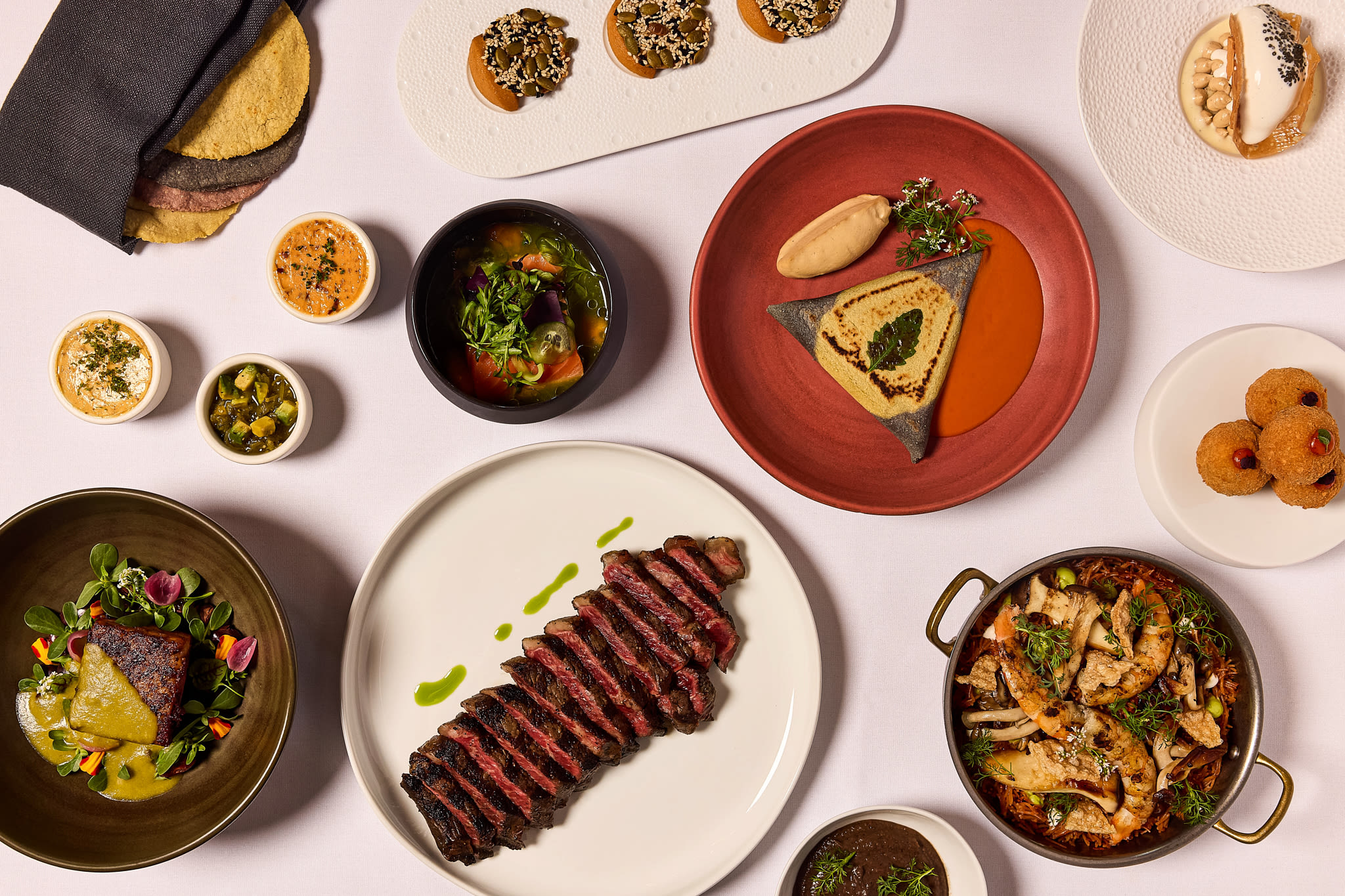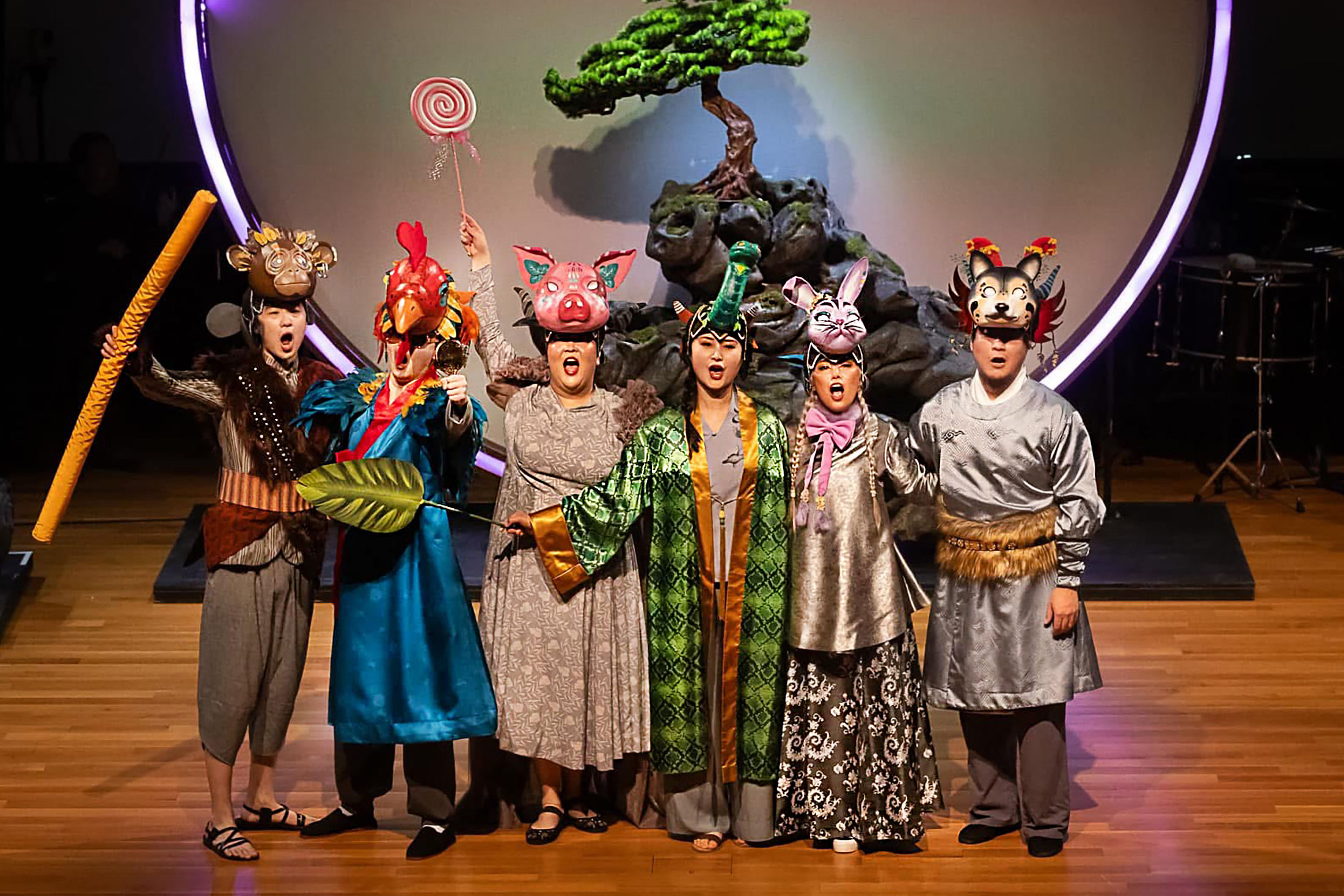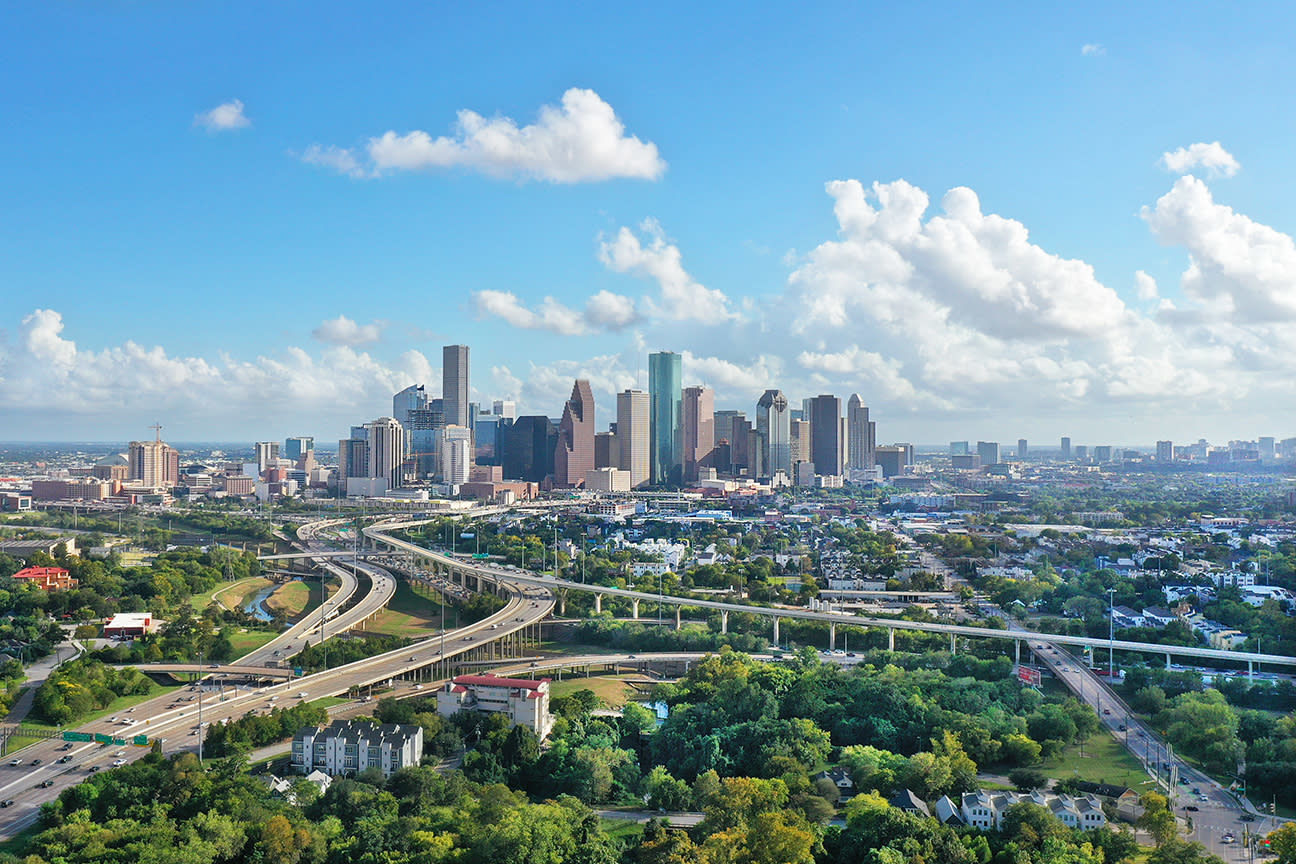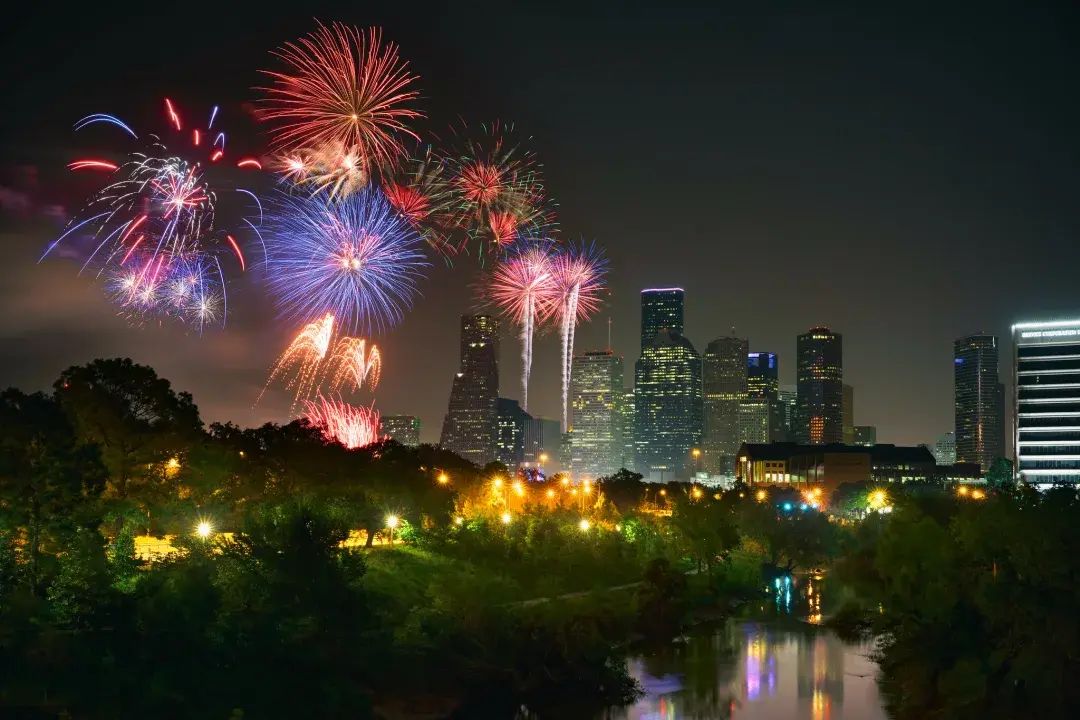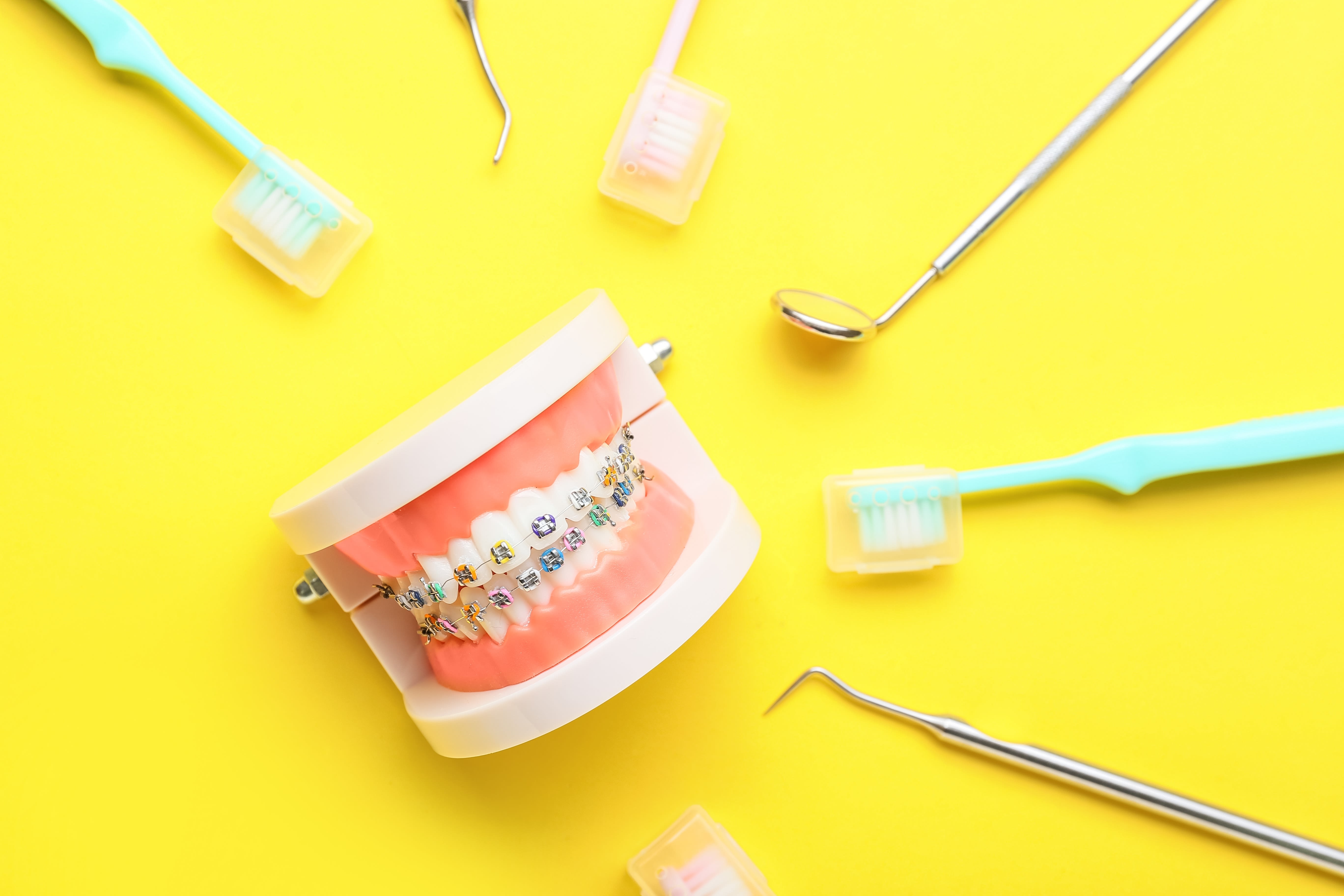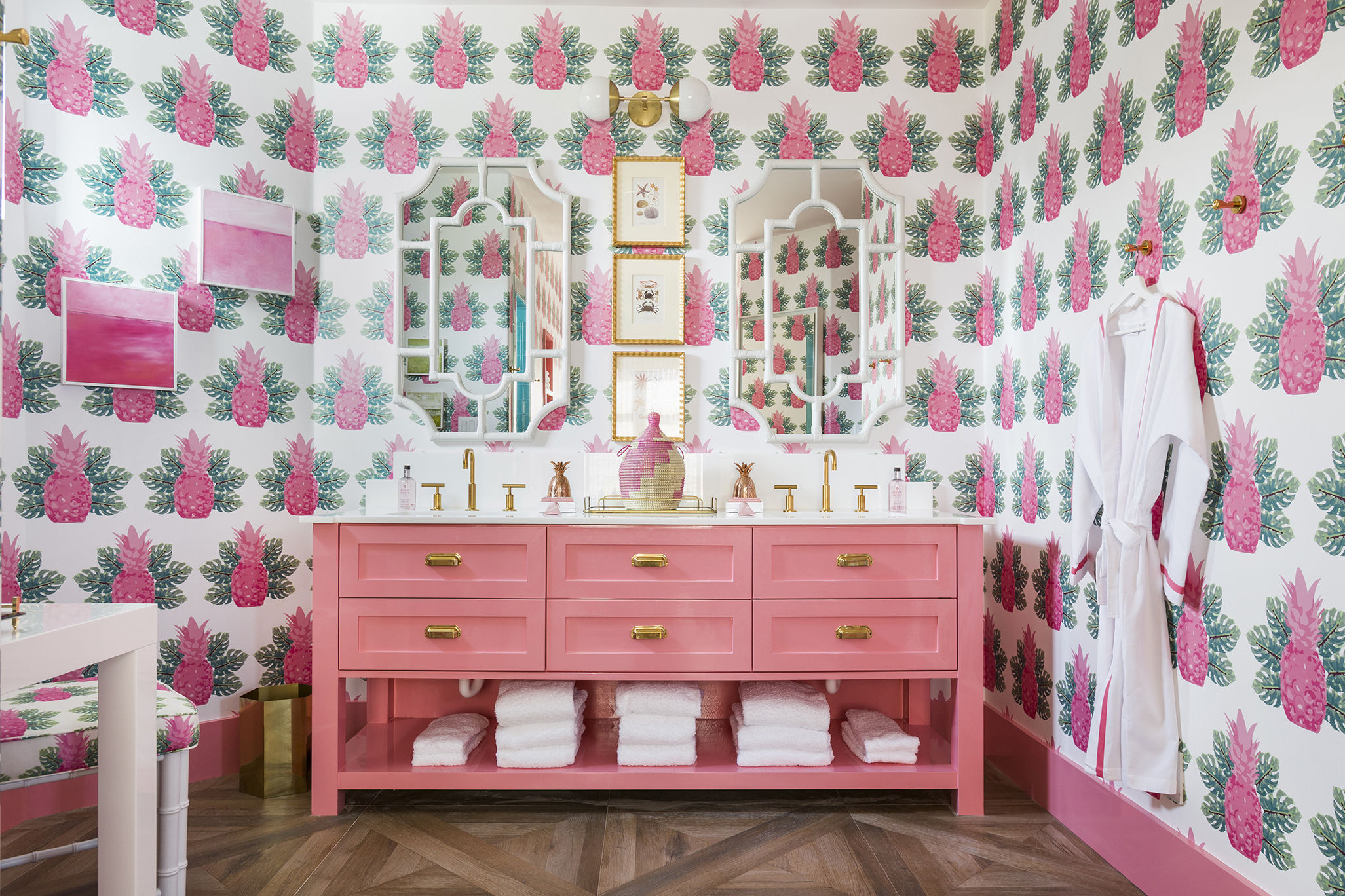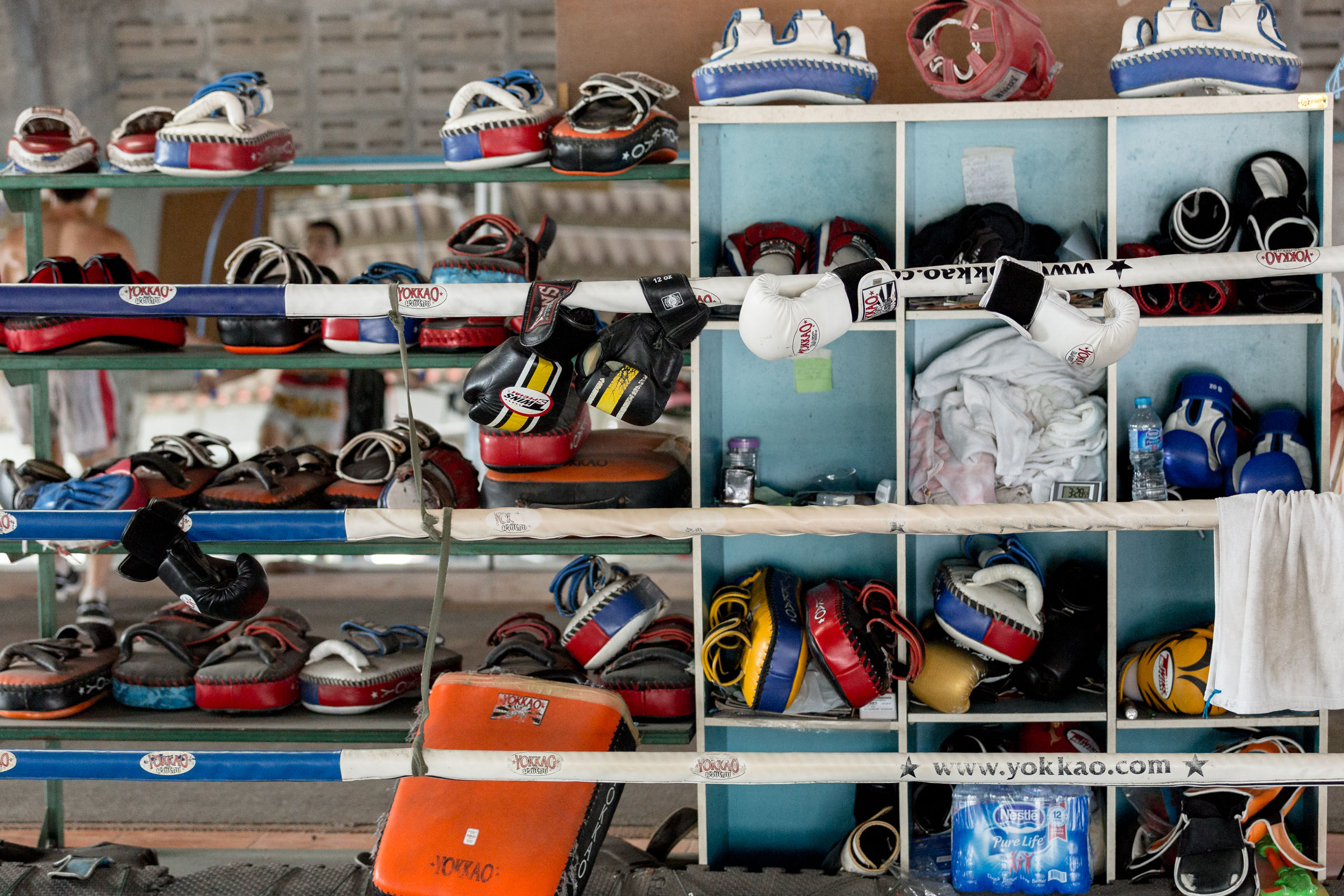
In Thailand, Getting Up Close and Personal with Muay Thai
This is the first of a four-part series on traveling to Thailand to document the journeys of two Houston natives exploring Muay Thai in its element. Read part two here.
I have made it to Thailand, the land of good food, hospitable people, weird currency (where your dollar goes far) and Muay Thai. Though the food, folks and favorable conversion rate are all alluring, it's the latter that's brought me across the world.
I am here on a project documenting Muay Thai in its native landscape, where the combat sport was created and where it first achieved widespread popularity beginning in the 19th century, when King Rama V took a personal interest in the so-called "Art of Eight Limbs."
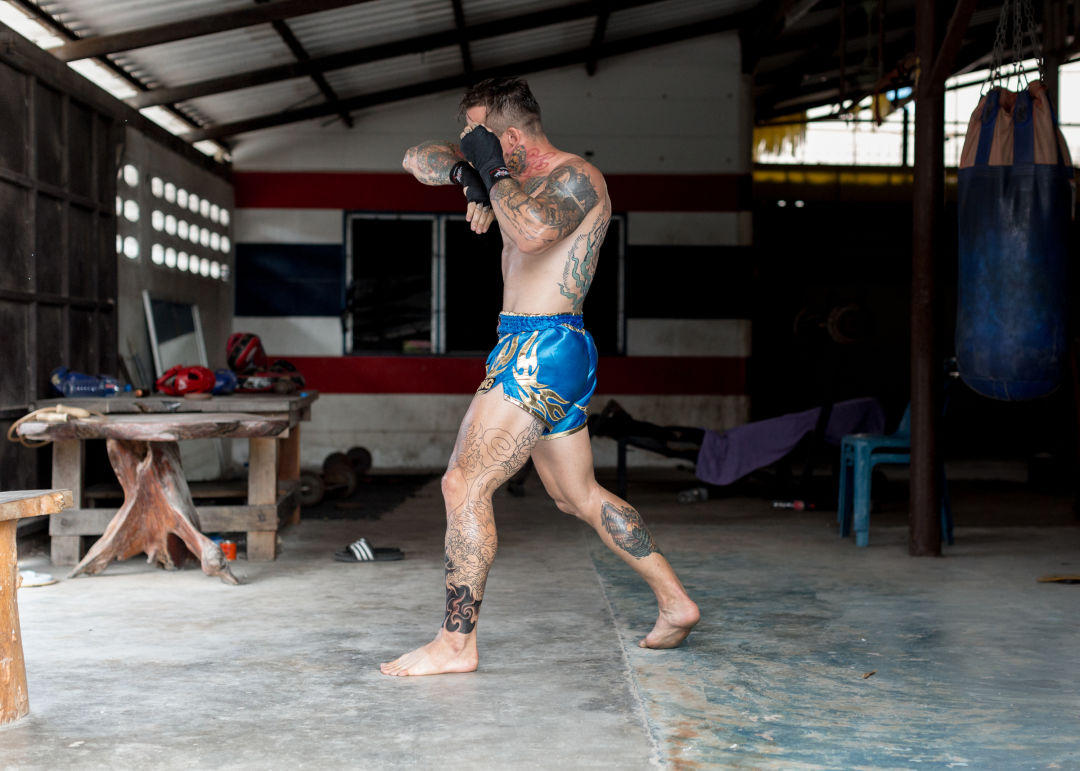
Greg Sanzo trains at his gym in Pattaya.
Image: Max Burkhalter
Last year I met Greg Sanzo, a Houston native who was moving to Thailand to train in Muay Thai and, if all went well, fight professionally in the Southeast Asian country. Sanzo and I collaborated on a small photography project about the process of getting ready to leave his home for such a dramatic journey. After he left we kept in touch, and when he came back for a visit earlier this year, he encouraged me to return with him to Thailand and photograph the Thai fighters in their element.
Like many Americans who practice the sport, I'd never had the chance to see it employed by trained Thai fighters—incredible, intensely focused fighters who often begin training as young as 6 years old and fighting at anywhere from 8 to 10. The trip itself, I learned, was also relatively inexpensive (see above about how far your dollar goes). It didn't take much to sell me on the idea.
By June, I'd bought my ticket. Soon, I had packed my own belongings—including all the film and camera equipment I could fit—and was seated on a 22-1/2 hour flight to Thailand.
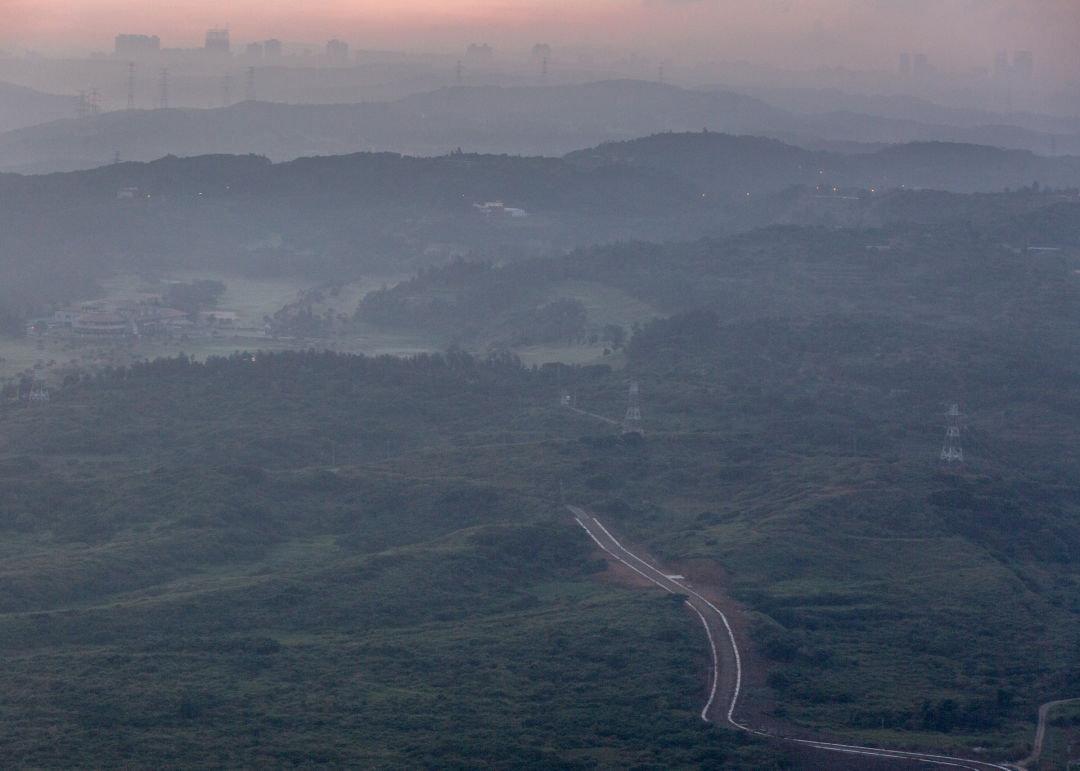
The sun rises over Taiwan.
Image: Max Burkhalter
We left IAH at 1:15 a.m. and arrived in Thailand at 11:15 a.m. the next day. Thailand is 12 hours ahead, and melatonin, I discovered, is your friend. We made a short layover in Taipei, where I was lucky enough to see the sunrise from the window as we landed in Taiwan. After arriving in the capital city of Bangkok, I took a taxi to Pattaya—a two-hour drive down the coast—where I would be staying for the next week.
In Pattaya, I wasted no time unloading my things and heading over to Greg's gym, the famous Sityodtong Muay Thai Camp, founded by equally famous Muay Thai fighter Yodtong Senanan. Over the course of his life, Master Sityodtong produced 57 Muay Thai champions, more than any other trainer in history.
Instead of shooting I decided to join in on a training session myself. Soon, I was meeting everyone within the camp, which itself was strikingly simple and barebones. It's easy to sit and ponder just how many champions have kicked and punched the bags you are using since the camp opened in 1959.
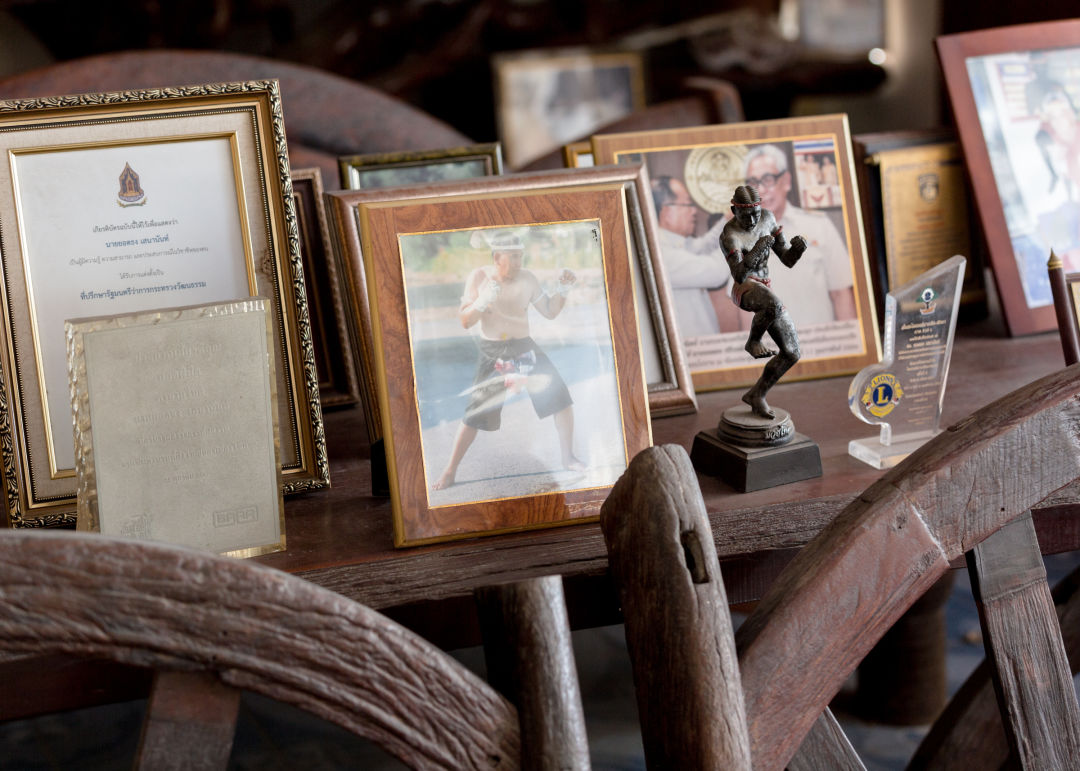
Framed pictures of Master Sityodtong at his training camp
Image: Max Burkhalter
But Muay Thai is older than the 1950s, older than the 19th-century rule of King Rama V. Some of the earliest recorded history of the sport took place during one of many wars between Myanmar (Burma) and Thailand. The King of Burma attacked a city in 1767, and took Thai soldiers as prisoners. Of these prisoners was Nai Khanom Ton. The king wanted to celebrate, and told the prisoners whomever could defeat his best fighters would be free to go. Nah Khanom Ton accepted that challenge. Before the fight he performed the Wai Kroo, a pre-fight dance to pay homage to a fighter's teacher and students, a practice still in use today. Nah Kahnom Ton defeated all the Burmese fighters sent his way, and the Burmese king kept his word and released the Thai fighter.
My second day I returned to Sityodtong and got busy shooting while I still could. The next day would take me on the road once again, this time the northeastern Isaan region to visit the home of another legendary fighter: Noi, a Thai with close to 300 fights under his belt.
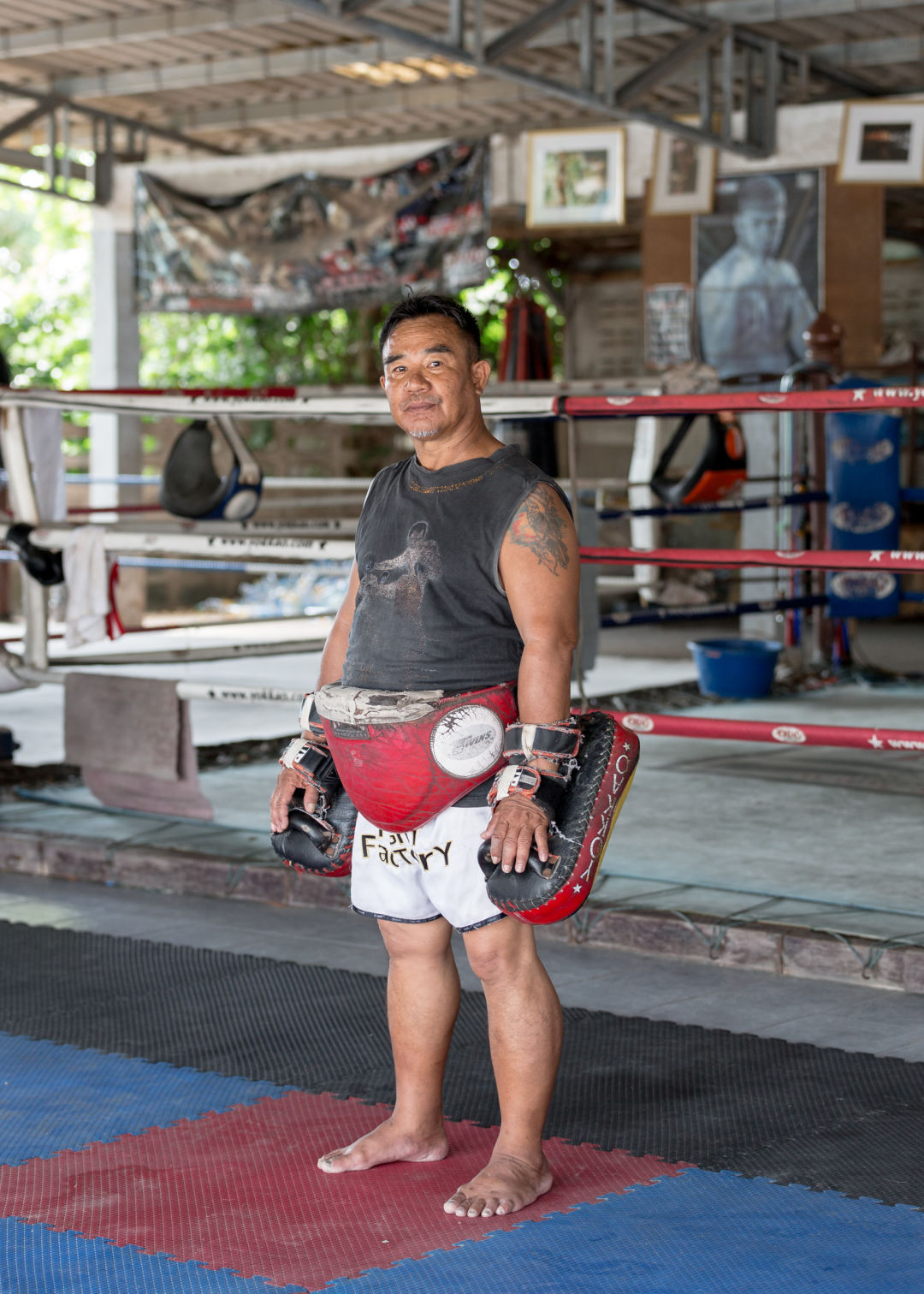
The trainers at Sityodtong Muay Thai Camp produce world-class fighters.
Image: Max Burkhalter
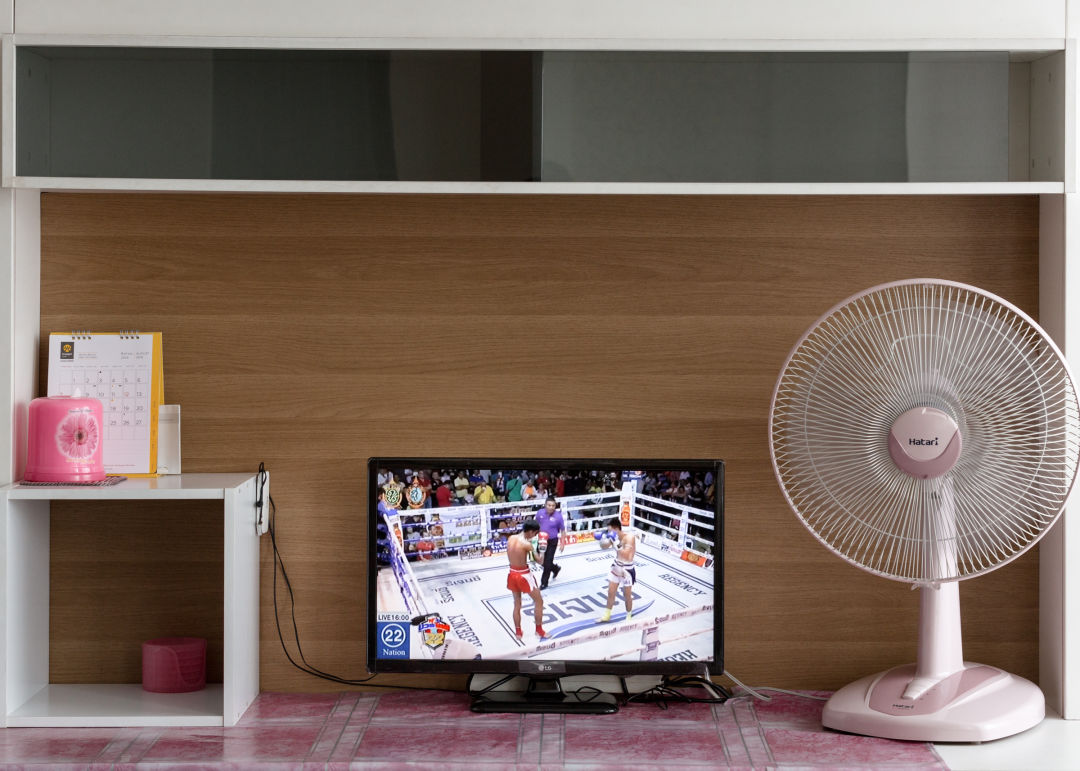
Muay Thai fights are on at least one TV channel, if not multiple channels, all day long.
Image: Max Burkhalter
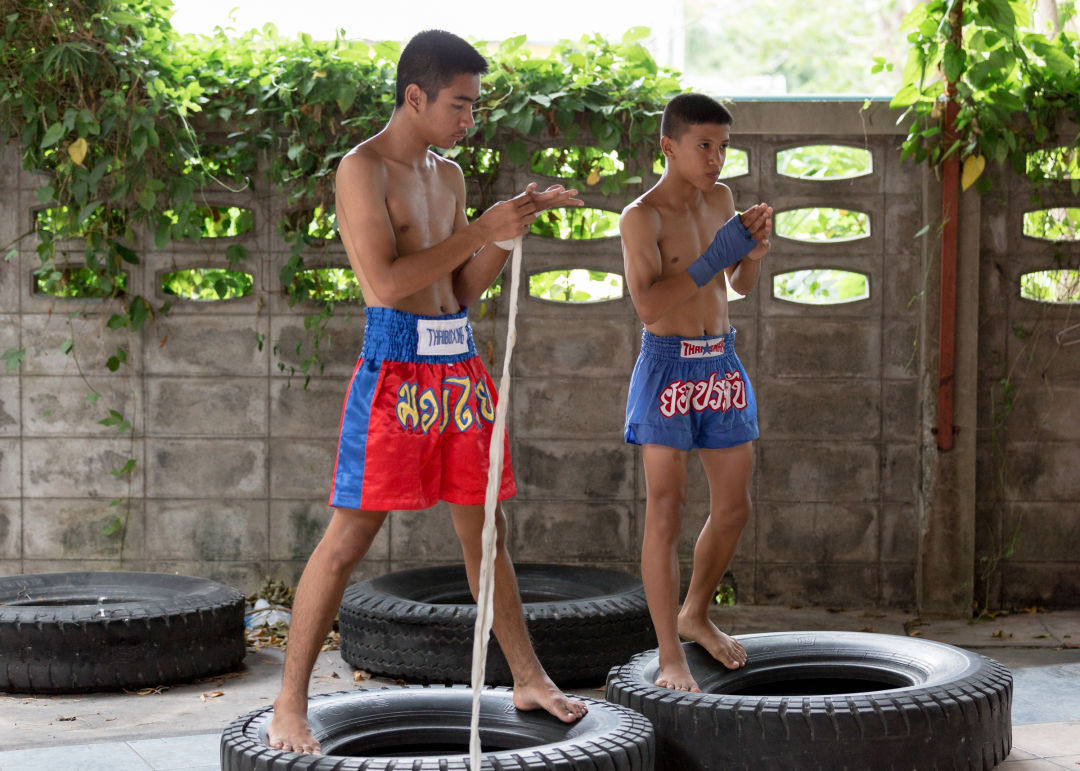
Muay Thai fighters begin training as young as 6 to 8 years old.
Image: Max Burkhalter
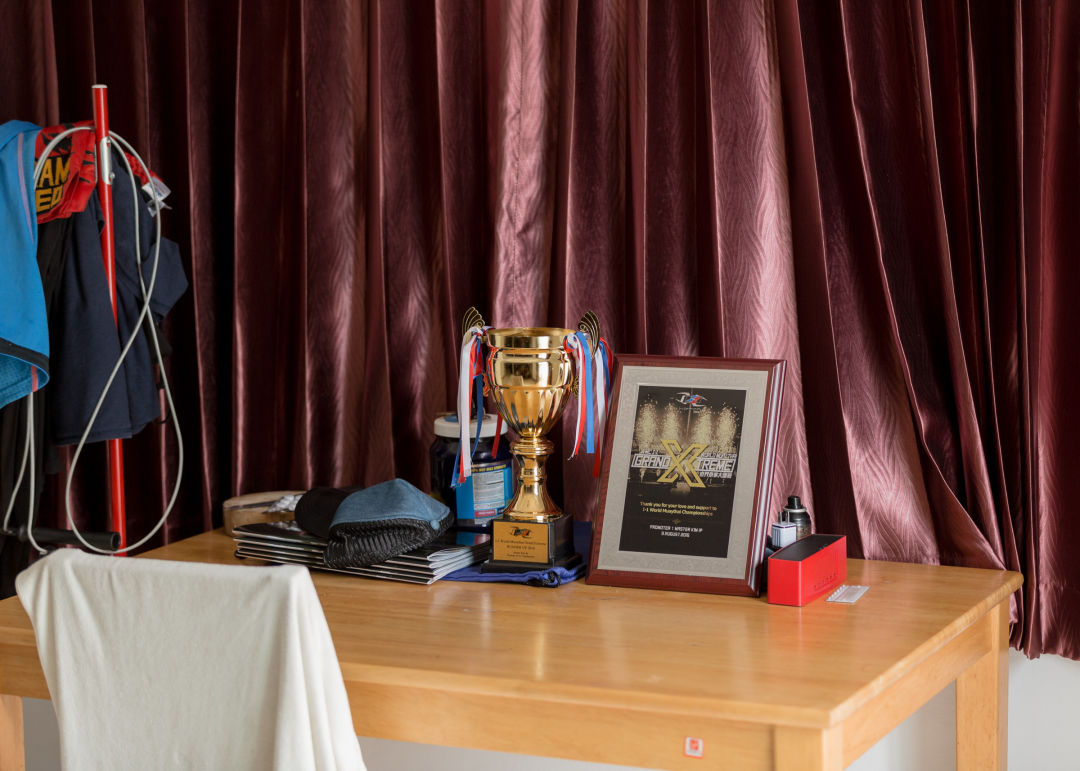
Muay Thai promotional material, trophies and medals decorate Greg Sanzo's home in Pattaya.
Image: Max Burkhalter
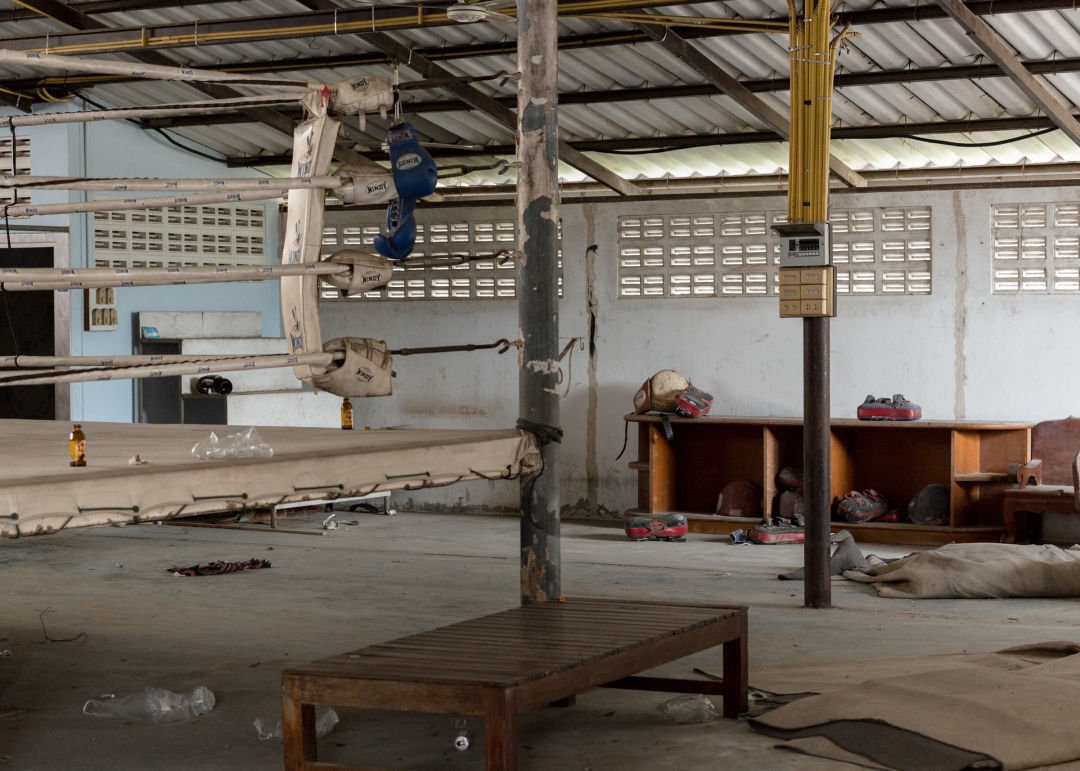
This retired ring at Sityodtong once hosted frequent fights, but fell into disuse after Muay Thai experienced a decline in popularity among the local population in prior years. The sport, however, has seen a huge comeback partly due to foreign interest and popularity.
Image: Max Burkhalter
This is the first of a four-part series on traveling to Thailand to document the journeys of two Houston natives exploring Muay Thai in its element. Read part two here.



